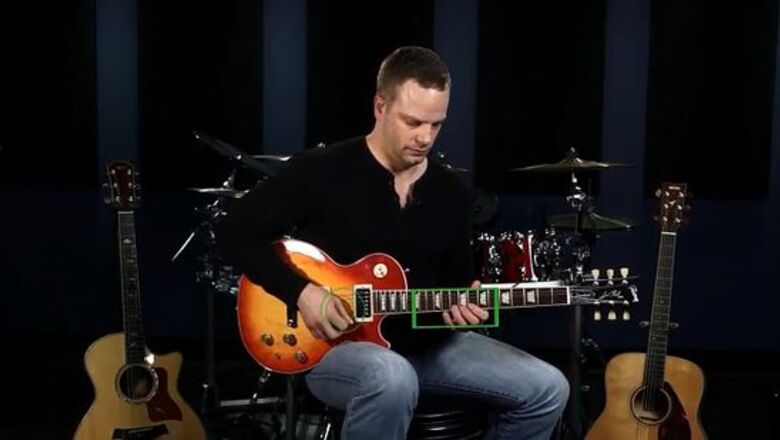
views
The Pentatonic Scale

Play notes, solos, and riffs over other guitars and melody instruments to play lead guitar. A lead guitarist generally plays single note lines, meaning they aren't playing chords so much as solos and licks. A lick, or riff, is a short piece of guitar work that is often repeated through the verse and chorus. A solo is when the lead guitarist takes center stage and commands the melody line..
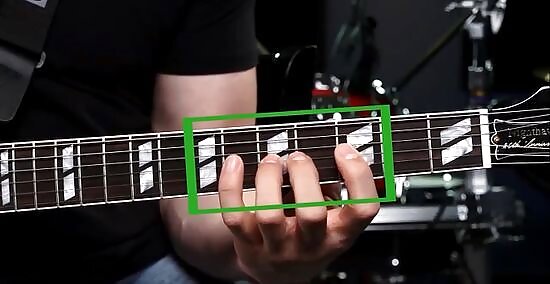
Learn the pentatonic scale to play solos and licks common to most popular music. The pentatonic minor scale is by far the most commonly used scale in rock, blues, pop, and even some jazz. It is also the simplest scale to learn, following a basic "box" pattern. Here's the the first pattern of the A minor pentatonic scale on all 6 strings, shown in tab: ---------------------5-8---- -----------------5-8-------- -------------5-7------------ ---------5-7---------------- -----5-7-------------------- -5-8------------------------ There are five different patterns to the minor pentatonic scale. In the key of A minor, these begin on frets 5, 7, 10, 12, and 14. Each pattern has a slightly different feel and adds personality to a guitar solo. Refer to the graphic to see the fingering for each of these patterns. Practice each one independently or practice moving from one pattern to another to develop fluidity up and down the neck of your guitar. Once you master these patterns, you can play in any key, just by starting the scale at the root note of the key you want.
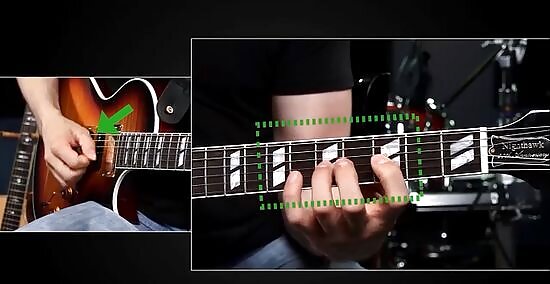
Practice playing up and down the pentatonic every single day. A lead guitarist needs to know their scales so well they never have to think about what notes they are playing. You want the scale to come so naturally that any idea you have for a riff can be found almost instantly. Once you feel comfortable learn other scales, like the major and minor, to expand your tone and playing.
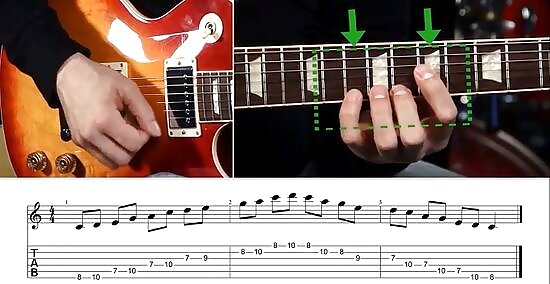
Play your scales in different keys up and down the fretboard. You can keep the exact same shape of the pentatonic scale no matter where you start it, meaning you can change key by simply changing the starting note. You can do the same with the major and minor scales, as well.Keep the same number of frets between your fingers no matter where you start - the position changes but the pattern stays the same. For example, here's the scale in C: -------------------------8-11 ---------------------8-11---- ----------------8-10--------- -----------8-10-------------- ------8-10------------------- -8-11------------------------
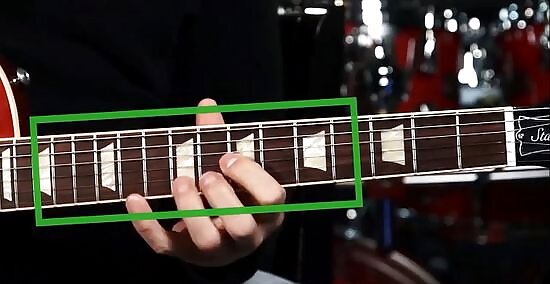
Get most of your speed by using the first and third fingers when possible, but train all four of them. Your index and ring fingers are the most dexterous, and can spread to cover a large range of notes. That said, the fastest lead players focus on using their whole hand to play -- some even curl their thumb up to fret the 6th string on occasion.
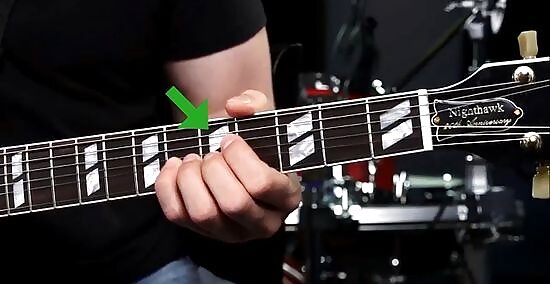
Know that there are seven basic things you'll use to spice this up and make it a solo rather than just a scale. These are string bending, string skipping, slides, hammer-ons, pull-offs, vibrato, and chromaticism.
Turning Scales into Solos
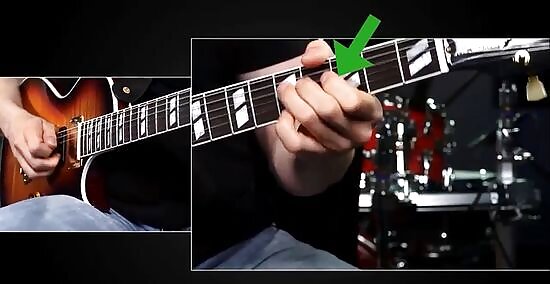
Bend notes for a bluesy, well-articulated pitch. With your finger on the note, pick the string. Then push the string up with your finger still on the fret, causing the string to bend and the pitch of the note to rise. Use any available fingers that are hanging around doing nothing to help you bend the string -- many guitarists use their ring finger to bend, with their index and middle on the string to provide strength.
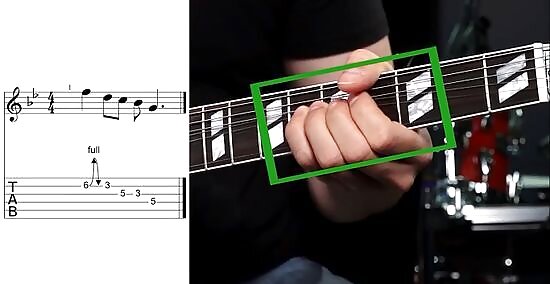
Practice "landing" your bends on the same note one, two, or three frets down. Don't just bend it to any old random pitch, bend it so that the note you produce is the same as the one either 1, 2 or 3 frets above the fret you're on. Bending in between frets creates an off-key tone, which can be good for blues songs (see "Southern Man"), but should be used sparingly. Bending to the note 1 fret up is called a half "bend." Bending to the note 2 frets up is a whole "bend." And a bend that hits the note 3 or more frets up is an "overbend."
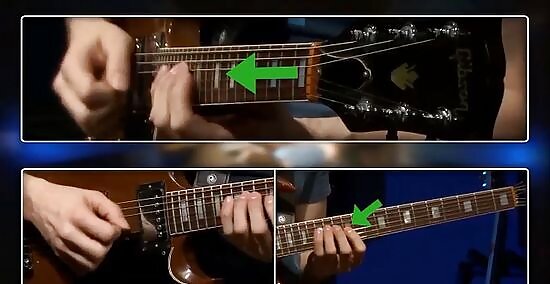
Skip strings to create sudden jumps in pitch and spice up solos. Skipping a string and moving on creates tension in the audience, who expect the next note in the scale. This sort of surprise and suspense is key to a great lead player -- always keeping the audience on their toes. You can skip as many strings as you heart desires, but be warned that skipping too many tends to make the scale sound kind of bizarre. Skipping multiple strings, like going from the top of scale rapidly to the bottom, is a cool way to get "two" tones out of your guitar -- deep and low and high and bright.

Use slides to quickly and seamlessly move up and down the neck. Basically, instead of picking the next note in the scale, you just slide your finger up from the note you're on to the one you want. You can go either direction, helping you get all around the guitar without a moment of silence. When sliding, work on landing as close to the fret you want as possible for the best tone.
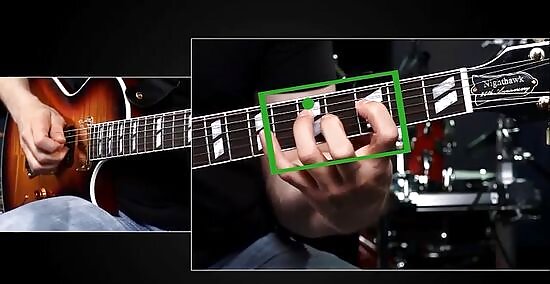
Hammer on to other notes to quickly sound them out without having to pick. Hammer-ons are a way to sound out notes without your strumming hand, which can make you amazingly fast. To do it, simply land your finger down on the string at the fret you want hard enough that you hear it "picked." Work on landing this finger just hard enough to hear the note -- too hard can make it go sharp. Aim to make your hammer-ons sound as loud as a normally picked note. Hammer-ons can be played anywhere, but are most common with the ring finger. You pick a normal note, fretted with the index finger (for example, the 3rd fret) and then quickly hammer on the ring finger (for example, the 5th fret) to get two back-to-back notes.

Use pull-offs as in inverse of a hammer-on, picking a note with your fretting hand. Again, pull-offs use your fretting hand to "pick" notes, making your scales much faster. To pull-off, put your index finger on a fret and your ring finger on a fret, same string, two frets down. Then, as you remove the ring finger, snap slightly down to pluck the string. Keep your index finger down to play this note. Combining hammer-ons and pull-offs so that you can quickly play three notes with one pick is an essential skill. Pick one note, hammer on two frets down, then pull off to get to the original note again. How long can you string these three notes together without picking again?
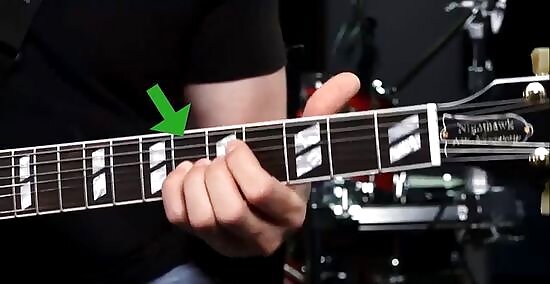
Flutter your fretting finger with a small, back and forth bend to get vibrato. Vibrato is a shaken, or "vibrated" note. It is a small way to put some emphasis and emotion into a single note. You can have a deep vibrato, pulling back and forth with half bends, or something more subtle, just shaking the string back and forth for a little extra flavor. The vibrato should come from the wrist, and it should cause the pitch of the note to waver or flutter rapidly.
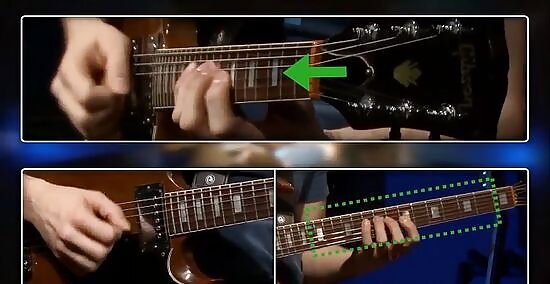
Add in several "wrong" notes to your scales to explore chromaticism. Chromaticism is the art of adding "passing notes," notes that aren't actually in the scale but serve to get you from one note to another with a little more spice or flash. Oftentimes it involves trying out a middle finger or a pinky in the middle of your scale to see how a new note sounds. While they can make unique, tasty licks, never hold on these notes for long -- they are technically off-key and should just be used for light coloring and detail in the solo.
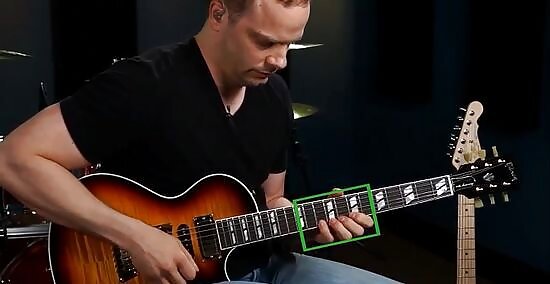
Work on "harmonic picking" to create a high-pitched, clear tone on a note, known as a harmonic. To create them, all you do is let the flesh of your thumb briefly brush against the string while you pick it, as if you were picking it twice rapidly -- once with a pick, once with your thumb. Doing this at different places on the string gives different harmonics -- effectively doubling the types of notes you can play.
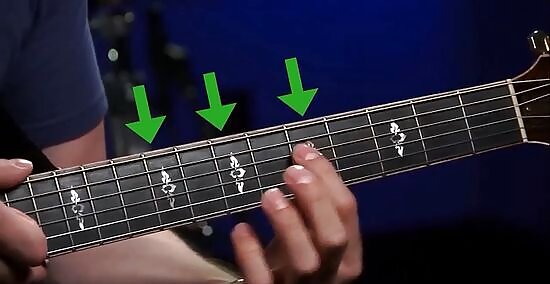
Create natural harmonics by lightly draping your fretting finger right over a fret, not pushing down, when it is picked. Harmonics are most easily created at the 5th, 7th, 12th, and 19th frets by resting your finger very lightly directly over the metal fret without pressing the string down to the fingerboard. Then pick and very quickly lift your finger off the string.
One-Handed Tapping
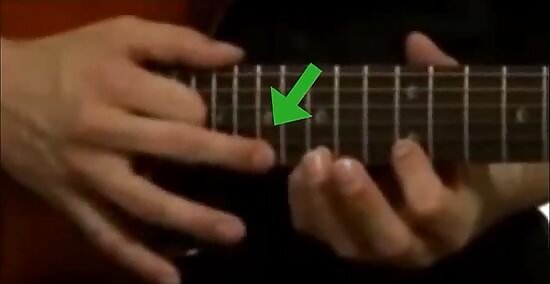
Toss the pick and use one-handed tapping for the rapid, 1980s style hair metal solos. One-handed tapping is the high-pitched, incredibly fast sounding guitar popularized by Eddie Van Halen and others in the 80s. To do it, you simply use both hands, not just the picking hand, to hammer on and pull off 3-5 notes at once.
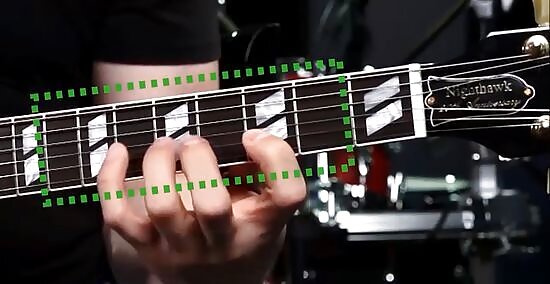
Hammer on and pull-off exclusively with the fretting hand. For the best beginner practice, simply start with two notes. Hammer on one, pull off to the other, then hammer on again, repeating in it until it is fluid and comfortable. Get a rhythm going so that you can keep One finger should never move -- this will be your root note, the one every pull off comes back to.
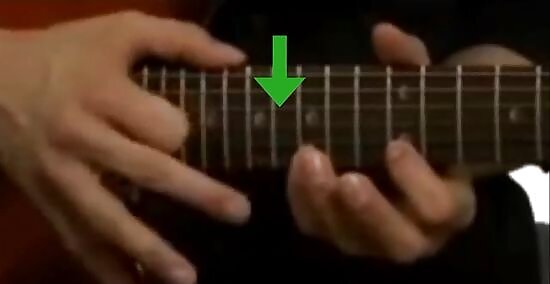
Bring your "strumming hand" within 3-4 frets of your fretting hand and start hammering on the same string. While it may be called one-handed tapping, you do use both hands. Simply start a similar hammer-on / pull-off pattern with the index and middle finger of your strumming hand, so that you have four fingers hammering on at once. From here, you can move your hands further apart, together, to other strings, or up and down the neck.



















Comments
0 comment